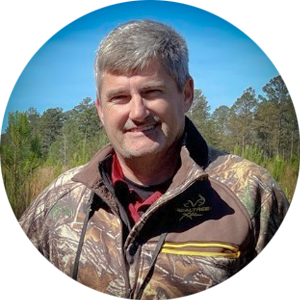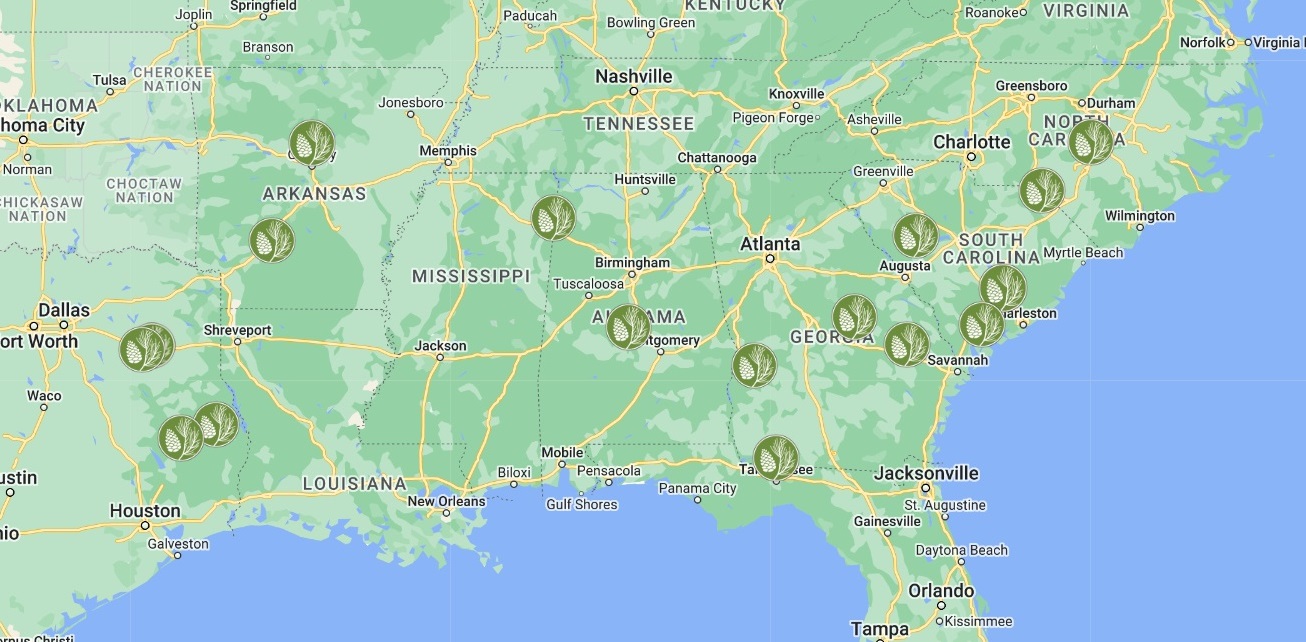During a recent ArborGen webinar, “What You Don’t Know CAN Hurt You,” Reforestation Manager Jason Watson discussed everything from knowing the type of genetics you are planting to how they are planted. Reforestation costs are the landowner’s primary forestry investment during a timber stand’s life. Good seedling survival sets the stage for the next forest’s productivity and the landowner’s returns on investment.
Once you have decided what to plant, you may often leave the planting to someone else. But just as important as you are involved in what to plant, ensuring the seedlings are planted correctly will be crucial to survival. Proper supervision of your tree planters, whether by you, your consulting forester, or a tree planting contractor, is vital to successful reforestation.
Your tree planter must handle bareroot and containerized tree seedlings carefully from the time they are harvested at the nursery until they are transplanted in the field. Make sure you or your contractor monitor environmental conditions and adjust field operations to optimize your seedling survival. If you are a TreeLines subscriber, you know ArborGen often sends out weather warnings and updates during planting season to ensure you are aware of changing conditions. We also work closely with the forestry co-ops to share information they may be publishing.

More than green side up, your seedlings’ 1st-year of survival is not enough. This is a significant financial investment, and getting your seedlings off to the best start possible is essential.
Your success is our success. Below are 8 Tips to Ensure the Best Survival and a few more planting mistakes to avoid (see the illustrations below). By following these tips, you enhance the likelihood of successful planting. Remember that ArborGen Nurseries and Reforestation Advisors are ready to help you with your questions.
8 Tips to Ensure the Best Survival














